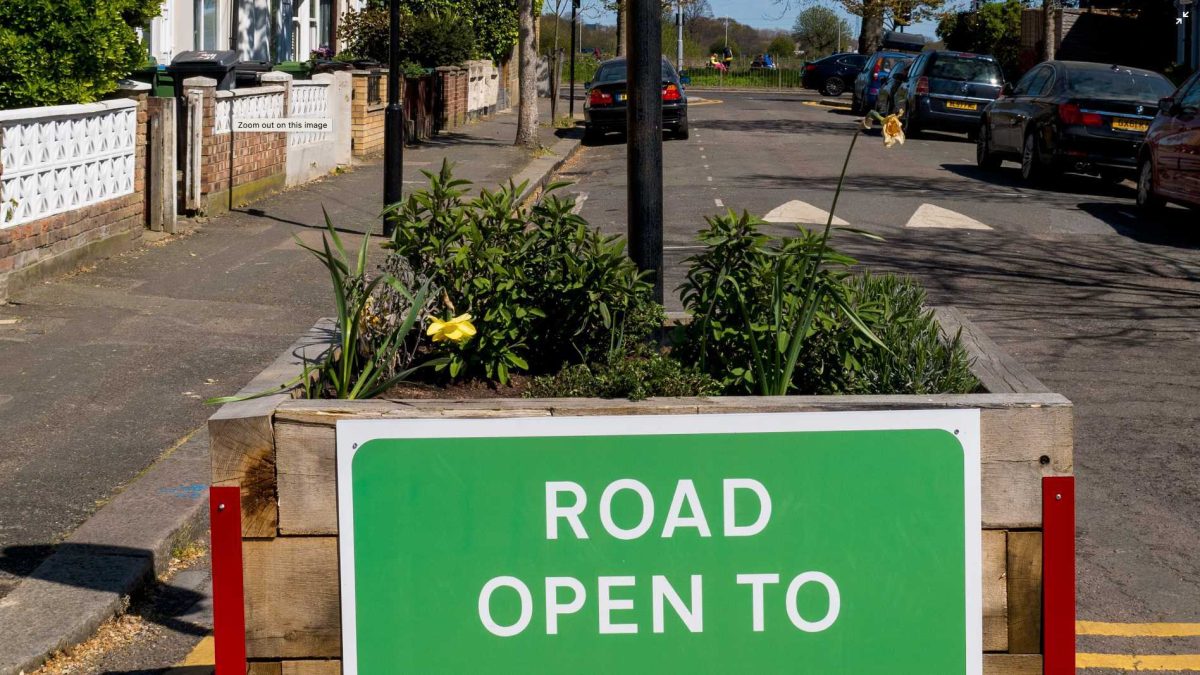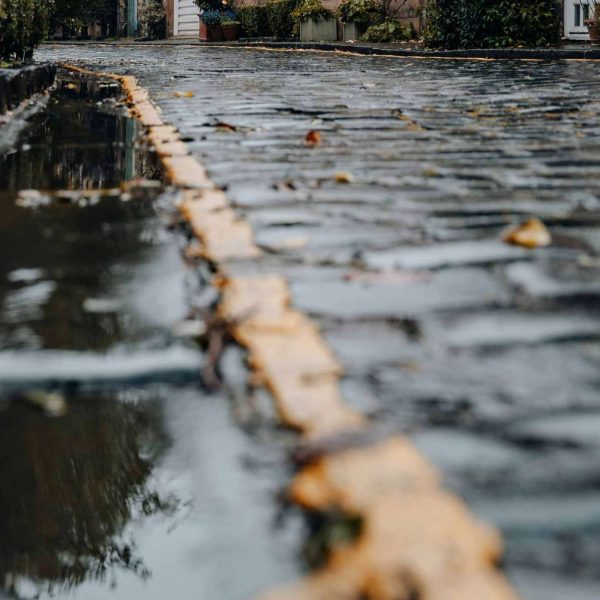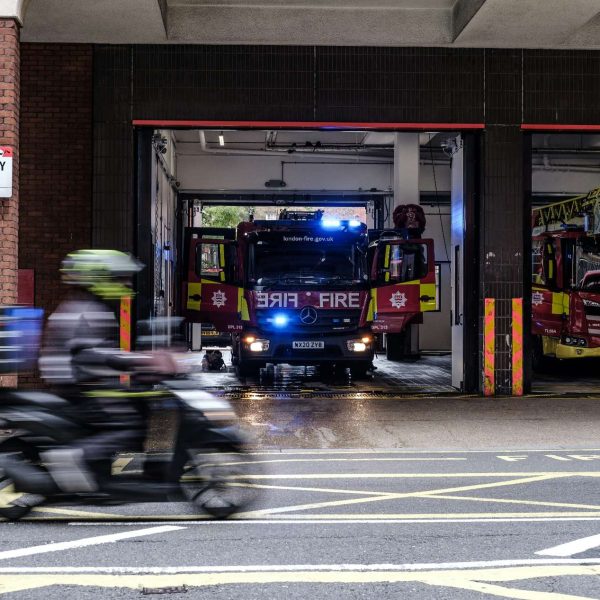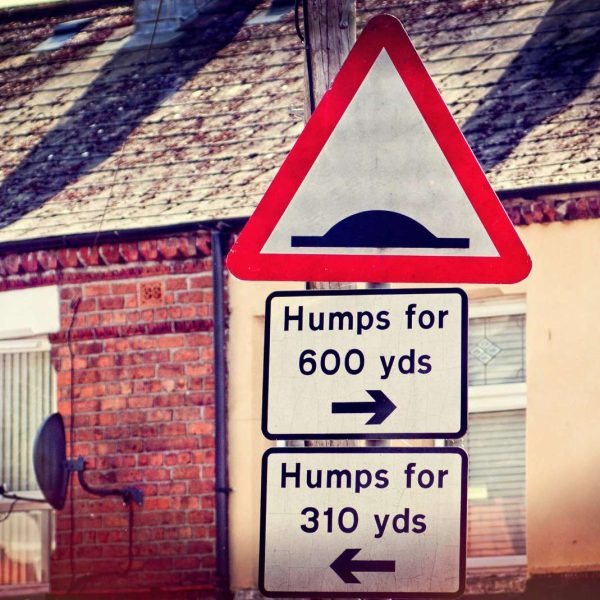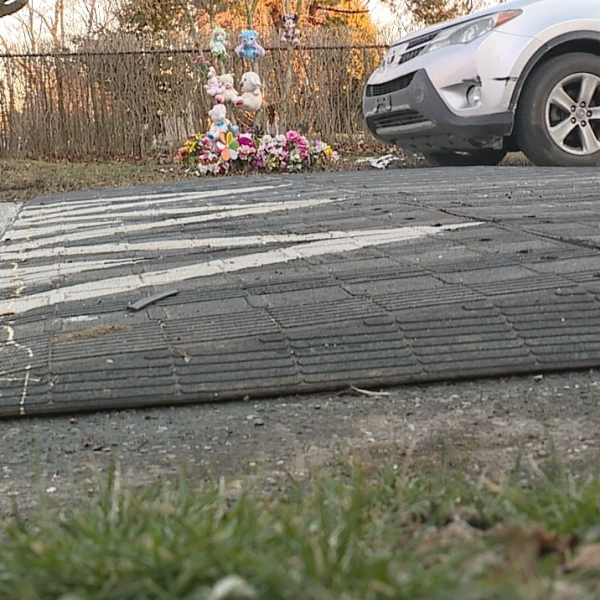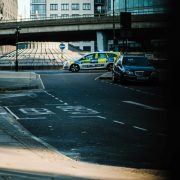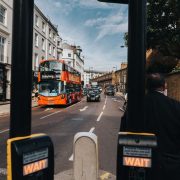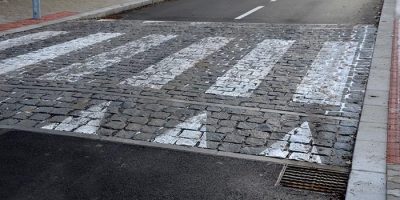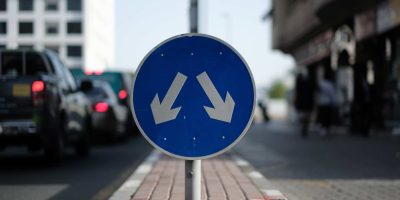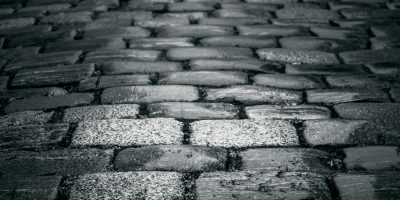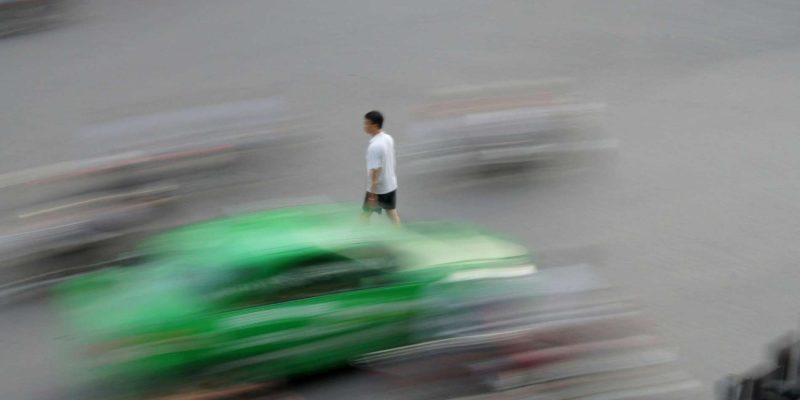
Speed Tables: Navigating Challenges and Community Responses
In the quest to create safer, more pedestrian-friendly urban environments, speed tables have emerged as a favoured solution in traffic calming strategies. However, their implementation is not without challenges, from engineering constraints to community resistance. This article delves into the multifaceted process of introducing speed tables into urban landscapes, highlighting the hurdles faced and the strategies employed to foster community acceptance and support.
Understanding the Hurdles
The introduction of speed tables often meets initial resistance, stemming from concerns over potential traffic delays, noise, and the impact on emergency services. Additionally, the aesthetic intrusion into residential areas and the fear of decreased property values can fuel opposition. From an engineering perspective, challenges include ensuring appropriate drainage, maintaining road integrity, and adapting designs to suit diverse urban settings.
Community Consultation: The Cornerstone of Acceptance
Key to overcoming these challenges is effective community consultation. Engaging with residents, business owners, and other stakeholders from the outset can pave the way for smoother implementation. Transparent communication about the intended benefits, such as reduced traffic speeds and enhanced pedestrian safety, particularly near schools and parks, can help alleviate concerns.
Case studies, such as the successful integration of speed tables in areas like Brighton and Hove, underscore the importance of involving the community in the planning process. Public meetings, surveys, and pilot schemes can provide valuable feedback, allowing adjustments to be made that reflect the community’s needs and preferences.
Design Adaptation and Flexibility
Addressing engineering challenges often requires innovative design solutions. For example, incorporating subtle gradients and sufficient drainage capacity ensures that speed tables enhance, rather than hinder, urban functionality. In historic or conservation areas, materials and designs can be sensitively chosen to complement the existing streetscape, mitigating aesthetic concerns.
Flexibility in design also extends to accommodating emergency services. In some instances, speed tables are designed with cut-throughs or lower profiles to allow ambulances and fire engines to pass with minimal disruption, striking a balance between everyday traffic calming and emergency response needs.
Educating and Demonstrating Benefits
An essential component of navigating the challenges associated with speed tables is educating the community about their benefits. Demonstrating how speed tables can significantly reduce accidents and enhance the quality of life in neighbourhoods can shift perceptions. Before-and-after studies, showcasing reductions in speed and accidents in areas where speed tables have been installed, provide compelling evidence of their value.
The journey to integrating speed tables into urban settings is complex, interwoven with technical, aesthetic, and social considerations. Yet, through robust community engagement, adaptable design approaches, and clear communication of benefits, these challenges can be navigated successfully. The result is safer, more liveable urban spaces that reflect a shared commitment to enhancing the well-being of the community. As more cities embrace this approach, speed tables are set to become a cornerstone of urban traffic management, prioritising safety and community quality of life.


